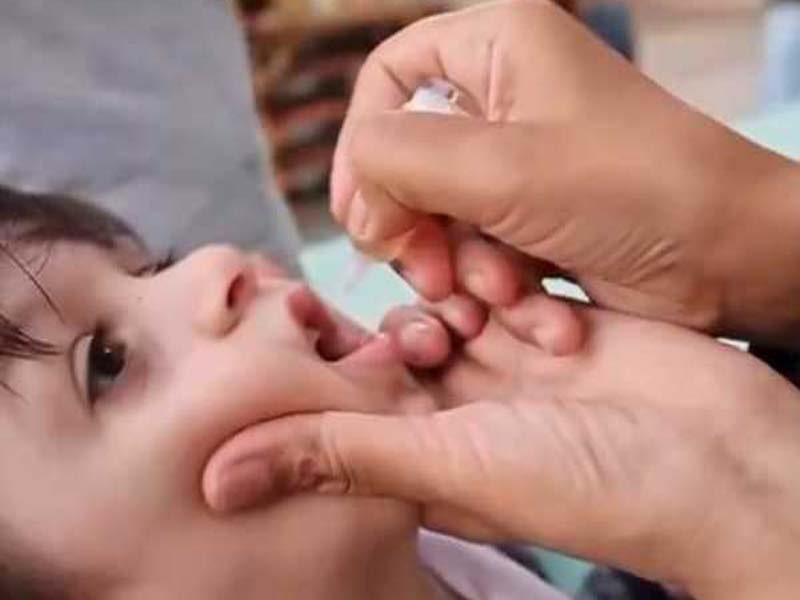Five-fold increase in advanced cataract cases during pandemic
Chennai, Feb 20: There has been a five-fold increase in advanced cataract cases and severe dry eyes during the
covid-19 pandemic.
Talking to reporters with statistics, Dr Agarwal Group of Eye
Hospitals Chairman Amar Agarwal said the pandemic has
significantly worsened the severity of most eye conditions
in people, with an increased number of patients suffering
from advanced cataracts, eye infections, severe dry eyes
(digital eye strain), and even corneal graft rejection.
The worst impact was seen in cases of advanced cataracts
and dry eyes, all resulting from delayed treatment or loss of
work-life balance due to working from home.
Giving statistics comparing the pre-and post-pandemic
situation, Prof Amar Agarwal said “in the last quarter
of 2019, less than 10 percent of all cataract patients
coming to our hospital were suffering from advanced
cataract.’
‘In the last quarter of 2020, this figure jumped to
50 per cent, a five-fold increase. The cases of dry
eyes due to digital eye strain similarly jumped from
10 per cent to 30-50 per cent over the same period’,
he said.
‘We noticed worsening of existing cases of glaucoma
in many patients as they hesitated to come for regular
follow-ups’, he said.
There were also complications in previous corneal
transplant patients such as rejection of cornea and
high eye pressure.
People with diabetes ignored their periodic eye check
ups during the pandemic period, leading to severe
complications in their retina, he said.
Hospital Executive Director Dr Ashvin Agarwal cited
some examples of eye patients suffering from increased
morbidity due to delay in seeking treatment.
An old person who delayed his cataract surgery after
a few months suffered high eye pressure and partial
loss of vision. An elderly woman’s poor overall health
condition led to bilateral corneal infection and eventual
loss of vision in both eyes, he said.
A patient with vision only in one eye had a cornea
transplant done earlier. He developed an eye infection
and could not see an eye doctor due to the lockdown.
He is now blind in both eyes and awaiting a repeat
cornea transplant, he said.
‘We also saw the case of a young woman who had earlier
undergone corneal transplant develop graft rejection and
graft failure due to lack of timely eye treatment’, he said. (UNI)










